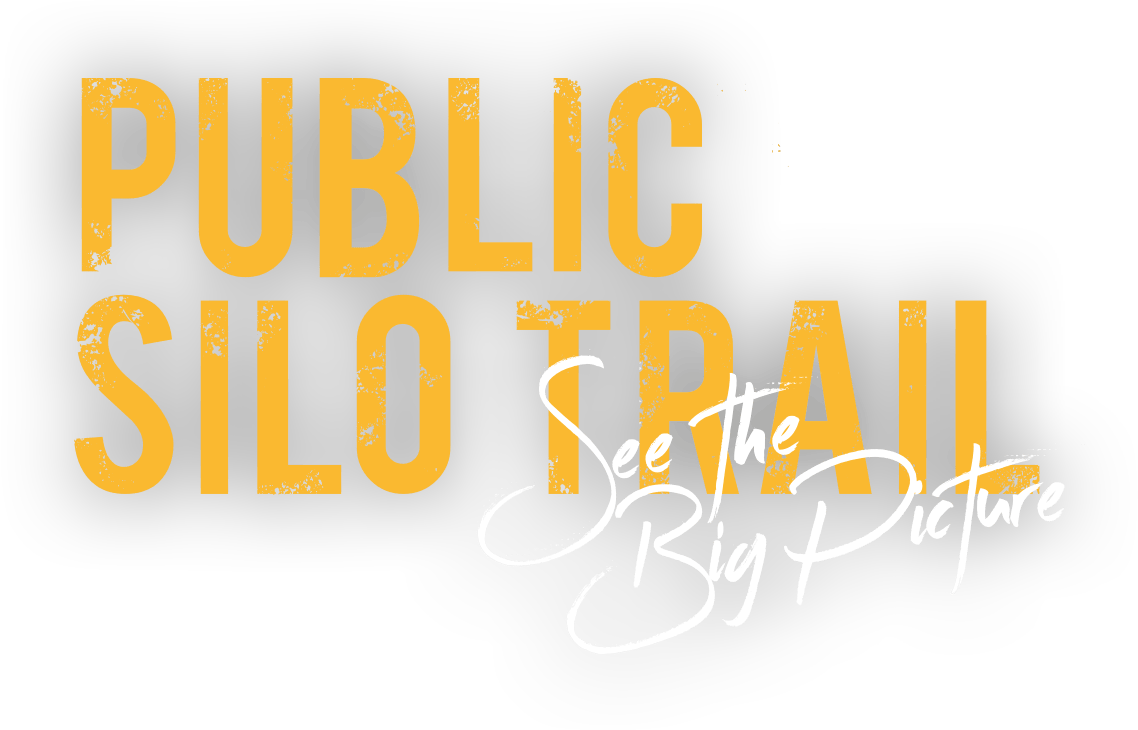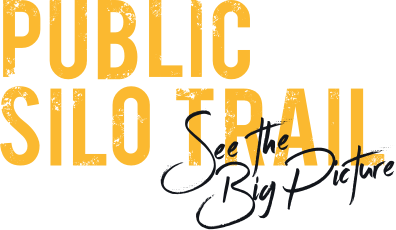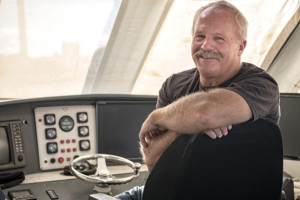Albany Yok and Sheryo
Peter Westerberg
My two brothers and I have lived in Albany all our lives, except for about eighteen months where I went to Perth just after school, to play a bit of sport. I played reasonable grades in hockey; State juniors. But I didn’t like the city. Basically, I’m a country boy.
The Westerberg line came from Albany. Our family originated from Hugo Westerberg, who stowed away on a sailing vessel, would you believe, from Sweden, way back in the day. His Mum and Dad decided he was going to be a Lutheran priest. He didn’t like that, so at thirteen he ran away, went to the coast, stowed away on a sailing vessel and ended up in Albany, and that’s where the Westerberg line came from.
I always loved the ocean. Most of the family have been related to the sea. Hugo was a stevedore and Grandad was a stevedore-come-fisherman. I’ve been doing this since I can remember. Dad used to take us fishing in his little dinghy. He wasn’t a commercial fisherman, but he was an avid amateur fisherman, and we used to go whiting fishing with Dad all the time on the weekends. Greg, my oldest brother is a mechanical engineer by trade; Colin’s a fix-it-all: builds sheds, boats, anything. He’s just very clever like that. I was the young one, and the wrecker. So building’s not my forte, but I can catch fish. I get sardines. I purse seine sardines which we sell as amateur bait.
At the moment the human consumption side of things is increasing, which is a great thing. I think it’s a bit like the squid, remember when squid, years ago, was just a bait? Now it’s a delicacy. They’re a quick growing fish, so they’re very sustainable, and they’re good to eat. They tell me that the south coast sardines are a lighter tasting sardine. Whether that’s true or not, I don’t know, but I don’t mind them. Most days, my alarm clock goes off at about half past one in the morning. I get out of bed, make a cup of tea, jump in the car, pick a decky up— we’ve got three, four of us on board— get on the boat, and go fishing. The distance from home to work is about four minutes. I think I’m blessed: I’ve got brothers-in-law in Perth who drive an hour to get to work and an hour home! So we go fishing, and hopefully find fish. If we don’t, we just come home, put the boat in the pen and we try it again the next night. But if we catch fish, the harder times of the year we generally unload at about seven o’clock in the morning, have the day off, because the fish, most of the time, aren’t around during the day. The schools break up for protection. So we wait until six or seven o’clock at night; just depending on whether it’s winter or summer. If there are plenty of fish around, we fish through the night; if there aren’t, we don’t.
I classify myself as quite a conservationist, which might sound a bit odd, being a commercial fisherman, but what’s the point in me going out there and just catching everything I can, and next year I’ve got nothing? It just doesn’t make sense to me. I think you’ll find, through the commercial fishing industry, that over the years that has become a pretty standard thought. You’re going to get the odd redneck that gets out there and is just an idiot, but the rules and regulations, in a way, have curtailed it and it’s no more a frontier industry. I think we’re one of the first WA-based quota-based fisheries. I’m all for quota based fishing. They’ve finally decided to do that in the lobster industry, and the industry went from right at the cliff face to being a good industry. Takes a lot of pain, a lot of people had to leave the industry, which is unfortunate, but it’s the only way to go. I sell all my fish to Bevan’s Baits in Albany. And then they distribute it through Australia. Trouble is, no one wants to work like us anymore.You get plenty of time off, but you just work hard when the work’s there! But no one wants to take it over, and therein lies
the problem with commercial fisheries. It’s the age of the operator. I’m sixty-one this year. And there are not that many young guys coming up. It’s the cost of getting into it, and no one wants to fish at night.
I’ve got two daughters and a granddaughter and it’s just the best thing. I think having a daughter in Perth, the distance is a challenge. And Jan, my wife, is one of seven kids—a very close family— so there’s a lot of travel, which can be hard. All my friends are here. One of my girls has come back; Greg, Colin, and me, us three brothers, we all went away and came back. You’d be quite surprised at the amount of people that have gone away from Albany, because when you’re young, the grass is always greener, but people gravitate back once they get past their mid-twenties.
There’s always something happening out on the water. That’s the beauty of it all, you know; every day is different. I reckon I’m one of the only people in the world that’s taken a whizz on a killer whale and lived. We were down off Bremer Bay – no – one believes me with this story, but it actually happened – my little tuna boat, we had it loaded with tuna and we were just going into a place called Boat Harbour, which is in Dylan Bay, just to anchor up. Because the boat was loaded with fish the deck level was virtually waterline. It was a dusky night, and I’m doing my thing off the deck and next thing you know a big male orca killer whale came up next to the boat. Everything was so low, and the dorsal fins are huge on them, and it was just sort of leaning toward me, so I had to lean back. Then a little pod of them, about six or seven of them, just followed us for about another mile and a half, two mile, watching the props. So that was my claim to fame. Believe it or not, but it did happen.


